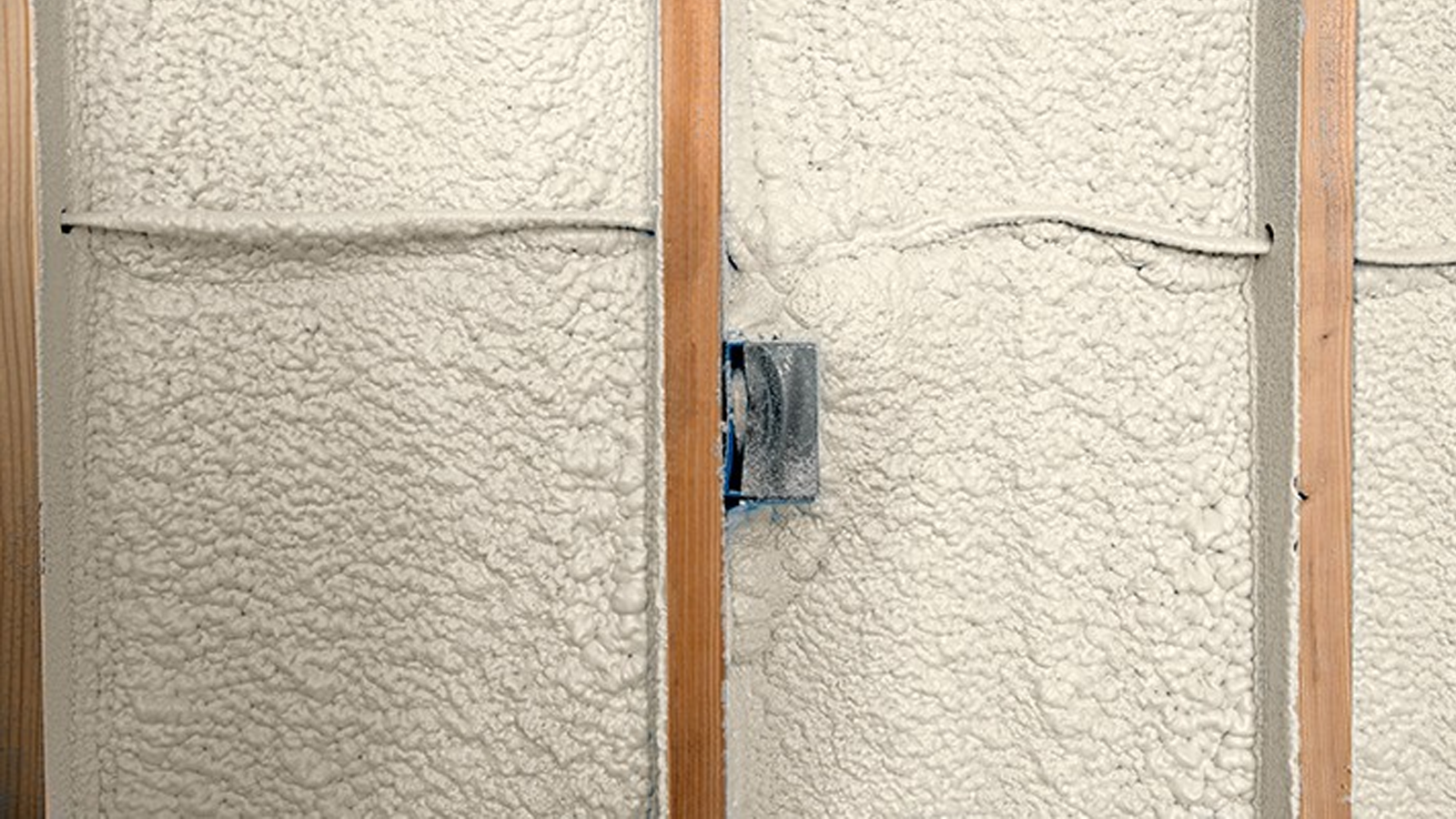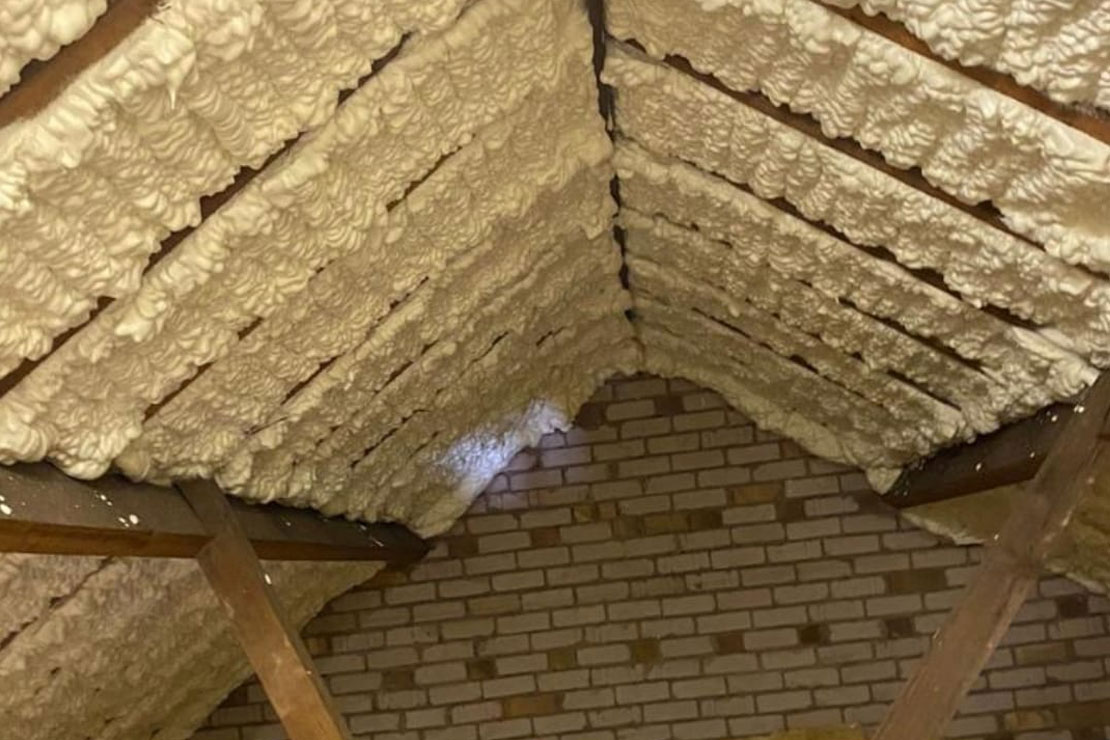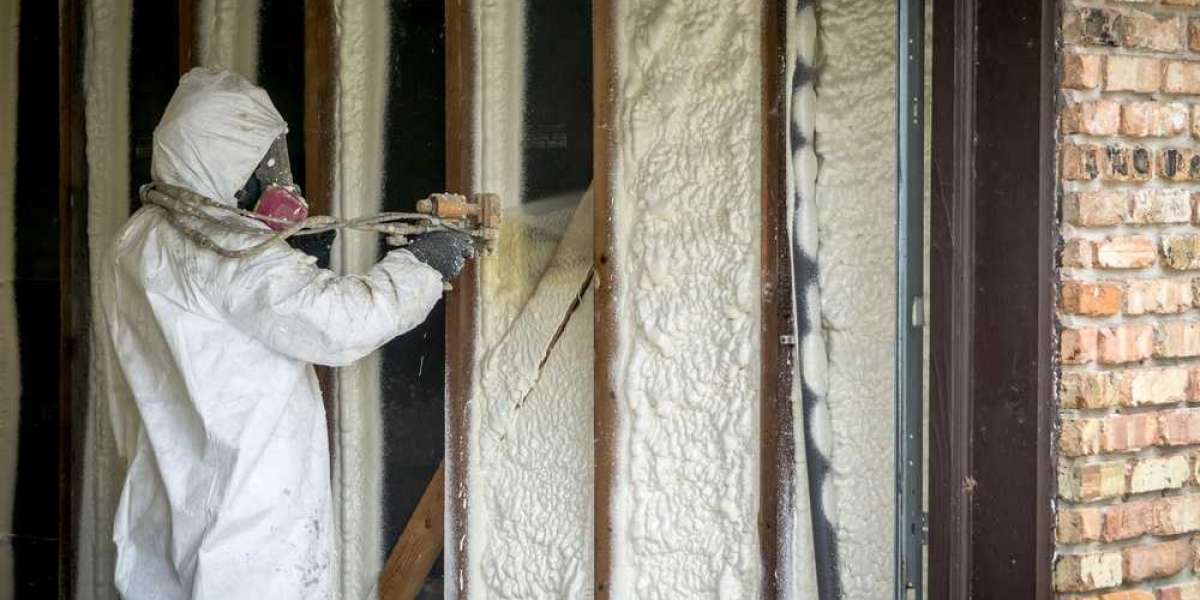Spray foam solutions for barns, stables, and sheds provide efficient insulation, superior moisture control, and structural reinforcement. They create a seamless air barrier that regulates indoor temperature and protects agricultural or storage structures from mold, pests, and deterioration. Choosing the right spray foam system ensures long-term durability and maximizes energy efficiency, making it a practical investment for rural buildings.
This guide explores the essential types, factors to consider, technical specifications, and common questions, helping readers make informed decisions based on their specific needs.
Types of Spray Foam Solutions
Different types of spray foam products suit different building needs, especially in barns, stables, and sheds. Understanding the differences is critical for performance and durability.
Open-Cell vs. Closed-Cell Spray Foam
Feature | Open-Cell Spray Foam | Closed-Cell Spray Foam |
Density | Low (0.5 lb/ft³) | High (2.0 lb/ft³) |
R-Value (per inch) | ~3.5 | ~6.5 |
Moisture Resistance | Moderate | High |
Air Barrier | Yes | Yes |
Structural Strength | Minimal | High |
Ideal Use | Interior walls, ceilings | Exterior walls, roofs, foundation walls |
Cost | Lower | Higher |
Bonus Tip: For barns or sheds exposed to severe weather, closed-cell spray foam is generally preferred due to its rigidity and superior moisture barrier.

Key Benefits of Spray Foam for Agricultural Structures
Applying spray foam in barns, stables, and sheds offers tangible benefits beyond basic insulation.
- Thermal Regulation: Maintains consistent temperatures critical for livestock health and equipment protection.
- Moisture Control: Reduces condensation that leads to rust, mold, and wood rot.
- Structural Enhancement: Closed-cell foam adds strength to walls and roofs, increasing storm resistance.
- Pest Deterrence: Seamless coverage eliminates gaps where insects and rodents might enter.
- Energy Efficiency: Cuts heating and cooling costs significantly over time.
Technical Specifications
Specification | Open-Cell Spray Foam | Closed-Cell Spray Foam |
Typical Application Thickness | 3–4 inches | 2–3 inches |
Vapor Permeability | 10 perms | 1 perm |
Tensile Strength | ~5 psi | ~30–50 psi |
Compressive Strength | ~0.5 psi | ~25–30 psi |
Service Temperature Range | -40°F to 200°F | -40°F to 200°F |
Flammability Rating | Class 1 | Class 1 |
Bonus Tip: Always verify that the spray foam used complies with local fire safety and building codes.

Things to Consider Before Making a Decision
Choosing spray foam solutions requires careful evaluation to ensure the best outcome for your structure and budget.
Building Usage
- Livestock Housing: Prioritize moisture resistance and non-toxic materials.
- Equipment Storage: Focus on temperature stability and protection from condensation.
- Workshops or Studios: Acoustic control and thermal comfort may become critical factors.
Climate Conditions
- Humid Regions: Closed-cell foam performs better in high-moisture environments.
- Cold Climates: Higher R-values are needed to prevent frost buildup inside structures.
Structural Condition
- Inspect existing walls, roofs, and floors for damage.
- Address leaks or weaknesses before applying spray foam to avoid future problems.
Budget Constraints
- Open-cell foam is more cost-effective upfront but may require thicker applications.
- Closed-cell foam costs more but delivers greater longevity and resistance.
Future Modifications
- Consider if you may need to run additional wiring or plumbing, which could be more challenging after spray foam installation.
Bonus Tip: Consulting with a certified insulation professional early in the planning process can prevent costly mistakes and ensure code compliance.
Common Questions About Spray Foam in Barns, Stables, and Sheds
Understanding these points helps clarify expectations and long-term maintenance requirements.
How long does spray foam insulation last?
High-quality spray foam can last 30–50 years with minimal degradation, depending on installation quality and exposure conditions.
Is spray foam safe for animals?
Once cured, spray foam is inert and safe. Proper ventilation during installation is essential to avoid respiratory risks to humans and animals.
Can spray foam be applied to metal buildings?
Yes, spray foam adheres effectively to metal surfaces, providing insulation and corrosion protection.
What maintenance is needed?
Spray foam requires little maintenance. Regular inspections to check for surface damage, especially after severe weather events, are advisable.
Does spray foam reduce noise?
Yes, especially open-cell foam, which has excellent sound-absorbing properties useful in noisy environments like stables.
Market Data on Spray Foam Usage
According to Grand View Research, the global spray foam insulation market was valued at $1.8 billion in 2022 and is projected to grow at a compound annual growth rate (CAGR) of 6.5% through 2030. Increased adoption in agricultural structures is cited as a major contributing factor, reflecting growing awareness of spray foam's durability and performance advantages.
In North America, barn renovations and stable constructions have increasingly adopted closed-cell foam, particularly in hurricane-prone and high-humidity regions.
Spray Foam Application Process for Agricultural Buildings
Applying spray foam to barns, stables, and sheds follows a systematic approach to ensure effective coverage and long-term reliability.
Preparation
- Clear interior surfaces of dirt, dust, and grease.
- Mask off areas not receiving foam.
- Ensure the site is dry and at the recommended temperature for application.
Application
- Technicians spray foam in successive layers to achieve desired thickness.
- Curing occurs within minutes for most products but varies based on humidity and temperature.
Post-Application
- Trim excess foam if necessary.
- Inspect for complete, consistent coverage without voids or gaps.
- Apply any required fire retardant coatings where needed by code.
Bonus Tip: Schedule installations during moderate weather conditions to achieve the best adhesion and expansion rates.
Spray Foam Solutions for Barns Stables and Sheds FAQ
What is the best type of spray foam for barns?
Closed-cell spray foam is often preferred for barns due to its high R-value, strength, and moisture resistance.
Can spray foam prevent condensation in sheds?
Yes, spray foam acts as a moisture barrier, significantly reducing the chance of condensation inside sheds.
Is it worth insulating old agricultural buildings?
Yes. Insulating old structures increases energy efficiency, prolongs the life of the building, and can enhance animal comfort.
Does spray foam affect barn ventilation?
Spray foam seals buildings tightly, so proper mechanical ventilation may need to be added to maintain air quality.
How soon can animals return after insulation is applied?
Animals should not enter treated spaces until the spray foam has fully cured, typically 24 to 48 hours after application.
Make the Right Decision
Selecting the right spray foam solution for barns, stables, and sheds depends on understanding the building’s purpose, regional climate, and long-term goals. Evaluate structural needs carefully, weigh the advantages of open-cell versus closed-cell options, and plan for future adaptations. A well-informed choice ensures durability, energy savings, and improved performance for decades.




